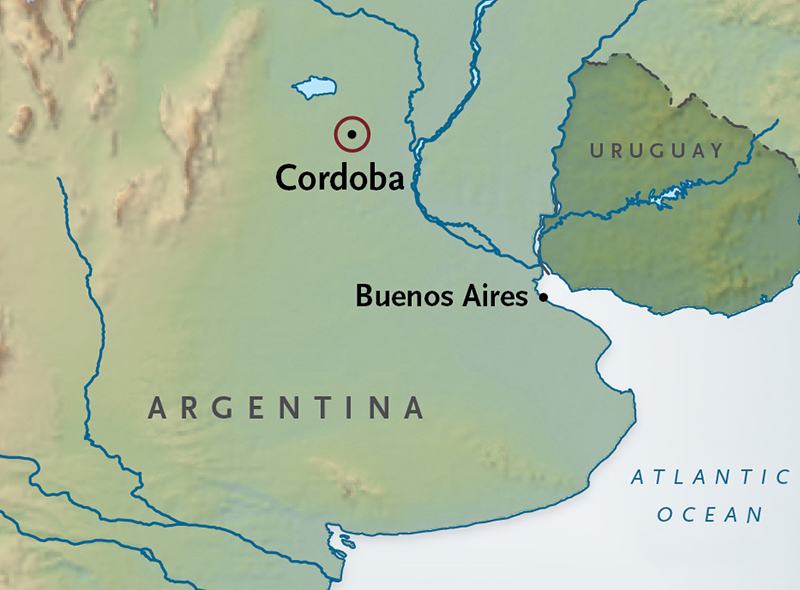Receive special offers via email — SIGN UP!
2-Nights Cordoba from $1,499
Alexander+Roberts
OFFER ID 1443084
Founded in 1573, Cordoba is the second largest city in Argentina, lauded for its rich history and fine Colonial-era landmarks. We include 2 nights in the heart of town, daily breakfast, private transfers, and extensive privately guided sightseeing highlighted by Cordoba's UNESCO World Heritage Sites.

2 nights from $1,499 per person
Exclusive Amenity: Receive $200 Per Couple or $100 Per Person on any Pre or Post Stay Extension to an Alexander+Roberts Small Group Journey, Small Ship Journey, or Private Journey
Valid on new bookings deposited now – December 31, 2025, for travel anytime.
Other restrictions may apply. Contact your travel advisor about this Signature Exclusive Amenity.
Special Promotion: Ask your travel advisor about additional savings when you Pay-in-Full.
Valid for new bookings deposited Now – December 31, 2025 for travel from Now – December 31, 2026.
Valid on any Small Group, Small Ship, or Private Journeys.
*Promotion may be combinable with other offers, promotions, or discounts, and is subject to availability. Other restrictions may apply.
Vacation Details
* This departure has been designated a guaranteed departure by the operator, meaning that the minimum number of guests has been met, although still subject to weather and other conditions.
Prices subject to availability and change without notice. Some restrictions may apply.
All fares are quoted in US Dollars.
Reference this number when contacting our agency so we may better serve you. Also keeping this number handy will allow you to locate this document again quickly.


